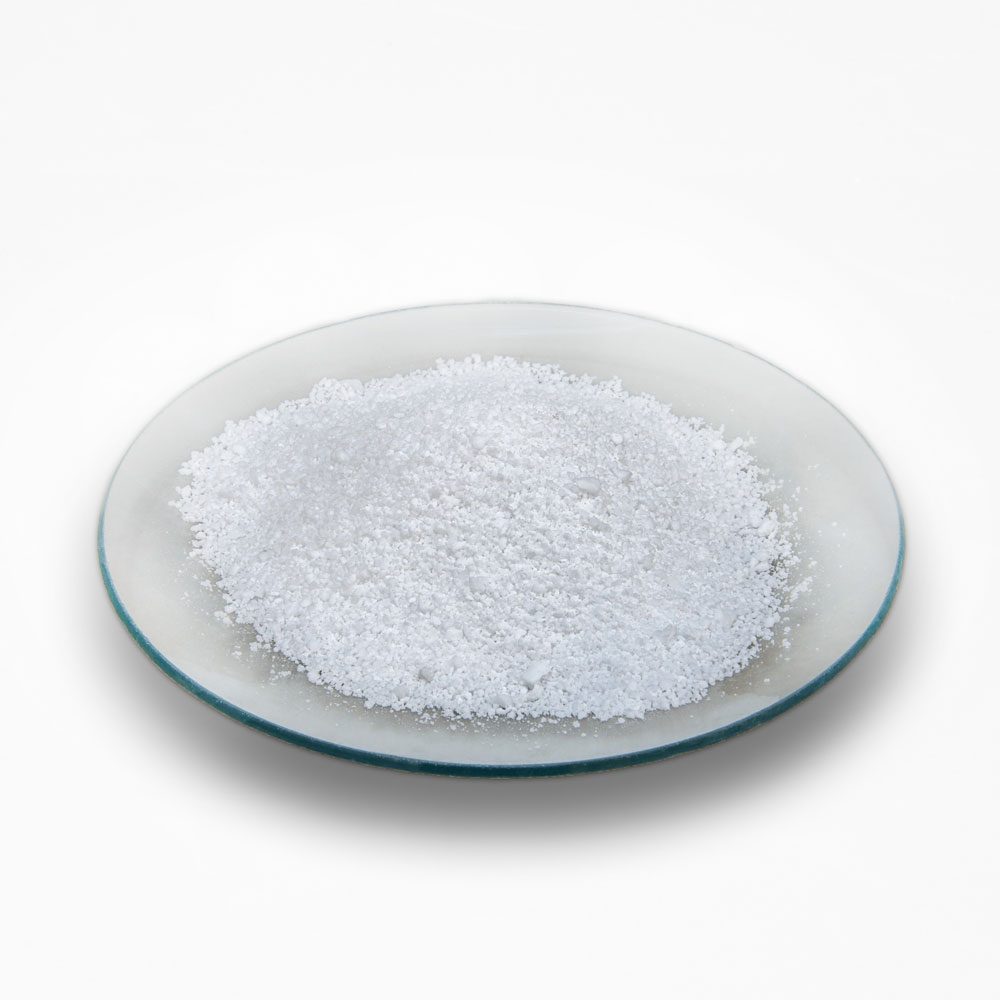Sodium triplyphosphate

Objectives of material production plan (STPP (94%)
Production of 50,000 tons per year of sodium triphosphate
– Stop importing STPP into the country and meet domestic needs
– Development and completion of value added chain of detergent products and ceramic tiles
– Assist in the development of industrial capacity, production, manufacture and support of spare parts and equipment related to condensing units, filtration, cooling tower, polymerization and neutralization
– Contribute to the development of regional and economic capacities and employment
– Creating the necessary substrate for the production and development of raw materials for detergents and ceramic tiles
– Acquisition of technical knowledge of design, construction and commissioning and operation of STPP production units
– Planning to develop production capacity and create export potential
Design specifications:
Final Product Name: Sodium Tripliphate (STPP) 94%
– Unit capacity: 50,000 tons per year in the first phase
– Purity of production material: about 94%
Production method: Wet method
-Single feed: phosphate soil, 98% sulfuric acid and 48% caustic soda
Factory area: about 6 hectares
Start of executive operations: 2005
Completion of construction and installation operations: 2009
Start of pre-commissioning operations: September 6, 2014
Start of operation: November 1, 2014
– Date of access to the first final product December 17, 2014
Application of design product: mainly in the production of detergents and ceramic tiles
STPP Applications:
Used in food as a stabilizer instead of toxic nitrite compounds. – It is used in textiles as a stabilizing and softening agent. Weight percentage 1 to 3 – The main use is in the production of synthetic detergents and its amount is included between detergent powders. Prevents the re-deposition of solid particles and immersion, in addition to the alkaline role in their STPP-detergent powders at the water surface. – This material is also used as a lubricant in the tile and ceramic industries.

